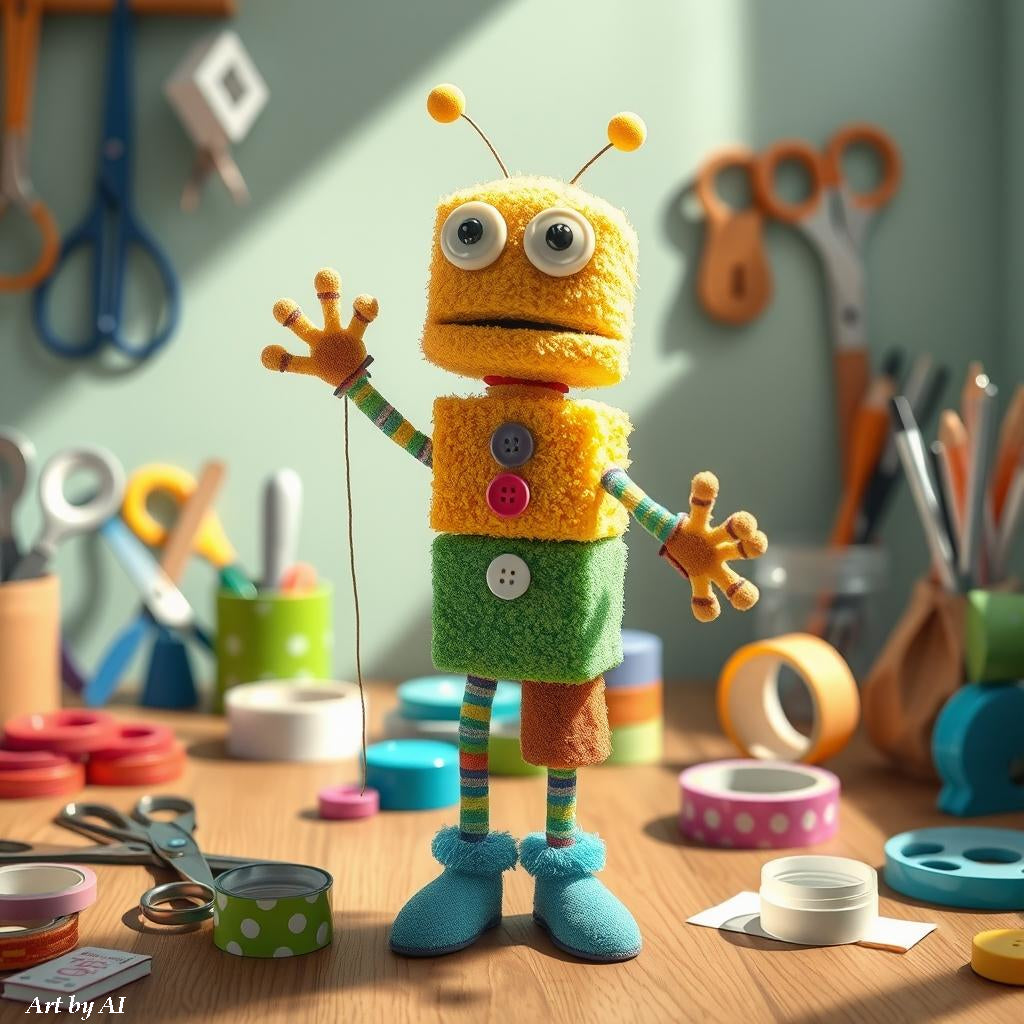
Unleashing Creativity Using Household Items For Storytelling
Unleashing Creativity: Transforming Household Items into Joyful Puppets for Interactive Storytelling In a world where screens often dominate our attention, the magic of storytelling can sometimes get overshadowed. Yet, one of the most delightful ways to reignite that spark is through the art of puppet-making using simple household items. Imagine transforming mundane objects into whimsical characters that dance and speak, bringing stories to life in an interactive and engaging manner. Lets explore how to create homemade puppets and the joy they can bring to reading, making it a vibrant and shared experience for both children and adults.
Finding Inspiration in Everyday Items The first step to making puppets is to look around your home with fresh eyes. Everyday items can be repurposed into charming puppets, igniting your imagination. Old socks can become whimsical sock puppets with just a few stitches or even fabric glue. By adding buttons for eyes, yarn for hair, and a little bit of fabric for a mouth, you can create unique characters with distinct personalities. Next, consider using paper bags. A simple brown paper bag can be transformed into a puppet by drawing or gluing on facial features. Kids can enjoy coloring the bags, adding their flair and creativity. For an even more interactive experience, cut out arms and legs from construction paper and attach them to the bag to create a full-bodied puppet. Additionally, empty toilet paper rolls can be turned into finger puppets, with a little bit of creativity. By decorating them with colorful markers, stickers, or fabric scraps, each roll can become a character ready to embark on a storytelling adventure.
The Power of Storytelling Through Puppetry Once you've gathered your props and created your puppets, it’s time to dive into storytelling! Puppetry brings a dynamic twist to reading, allowing children to engage with the narrative actively. As they manipulate the puppets, they can act out scenes, embody characters, and even create their dialogues. This hands-on involvement enhances comprehension and retention, making reading a multi-sensory experience. For instance, when reading a classic fairy tale, children can use their puppets to reenact their favorite scenes. They can ask questions like, "What would the wolf say?" or "How would Little Red Riding Hood react?" These interactions not only foster a deeper understanding of the story but also encourage critical thinking and creativity. Moreover, puppet shows can serve as an excellent platform for children to express their emotions. By giving their puppets different voices and traits, kids can explore a range of feelings, from joy to sadness or even anger. This exploration can help them learn about empathy and understanding, as they navigate the complexities of emotions through their creations.
Creating a Puppet Show: Steps to Follow To organize a puppet show at home, start by selecting a story. It could be a book, a personal anecdote, or even a made-up tale. Encourage your children to help in writing the script, incorporating their ideas and preferences. This collaborative effort not only enhances their writing skills but also instills a sense of ownership over the story. Next, set the stage! Creating a puppet theater can be as simple as draping a blanket over two chairs. This will serve as the backdrop for their performance. Encourage your children to decorate the area with drawings or props that relate to the story, further immersing them in the creative process.

When it’s time for the show, invite family members to be the audience. This adds an element of excitement and anticipation. As the children perform, encourage them to use different voices, gestures, and expressions to bring their puppets to life. This not only fosters confidence in public speaking but also creates joyful memories that the whole family can cherish. Making homemade puppets from simple household items is not only a fun and creative activity but also an enriching way to make storytelling interactive and engaging. By transforming everyday objects into characters, children can dive into the world of imagination and creativity, bringing stories to life in a way that is both meaningful and memorable. This hands-on approach not only enhances literacy skills but also fosters emotional understanding and empathy. So, gather those socks, paper bags, and toilet paper rolls, and embark on a joyful journey of storytelling through puppetry. The world of imagination awaits, ready to be explored and shared with loved ones, creating moments of laughter, learning, and love that will last a lifetime.
Story by AI
